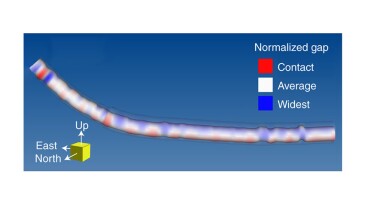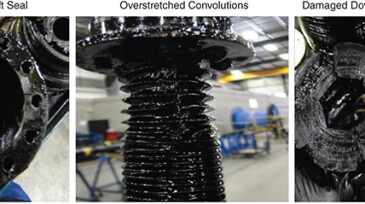SAGD
-
Strathcona doubles down on heavy oil—sells Montney assets for nearly CAD 3 billion, grabs Canada’s top crude-by-rail hub, and sets sights on MEG Energy in bold growth move.
-
This paper describes a foamed cement solution designed and implemented to cement shallow intermediate casing strings in a heavy oil play in Northeast Alberta.
-
This paper describes the potential, challenges, and opportunities of using a modified steam-assisted gravity drainage configuration in the Mukhaizna heavy oil field in suboptimal operating conditions.
-
This study aims at understanding the effect of a surfactant known as a high-temperature emulsifying agent as an additive to the steam-assisted gravity drainage process and the possibility of forming oil-in-water emulsions.
-
The objective of this paper is to present a fundamentals-based model of three-phase flow consistent with observation that avoids the pitfalls of conventional models such as Stone II or Baker’s three-phase permeability models.
-
The objective of this study is to conduct a comprehensive review of the latest technologies and work flows developed for heavy oil reservoir management.
-
The paper presents successful field tests designed to decrease electrical-submersible-pump cooling rates by inducing controlled deadheads rather than shutting down the pumps.
-
In-situ extraction of heavily sulfured oil by use of steam injection comes with a high risk of hydrogen-sulfide production resulting from aquathermolysis reactions. This could lead to casualties, environment damage, and corrosion of surface facilities and wells. Also, a strong need exists to understand aquathermolysis reactions and to forecast the generation of acid g…
-
This paper describes the findings of a root-cause analysis of wellhead-penetrator failures in Canadian steam-assisted gravity-drainage operations and the mitigation measures taken.
-
Oil sands producers predicted they could reduce production by 300,000 B/D by turning down steam injection. This will test methods to reduce, rather than stop, injection to avoid the damage caused by rapid cooling in some wells.
Page 1 of 3










